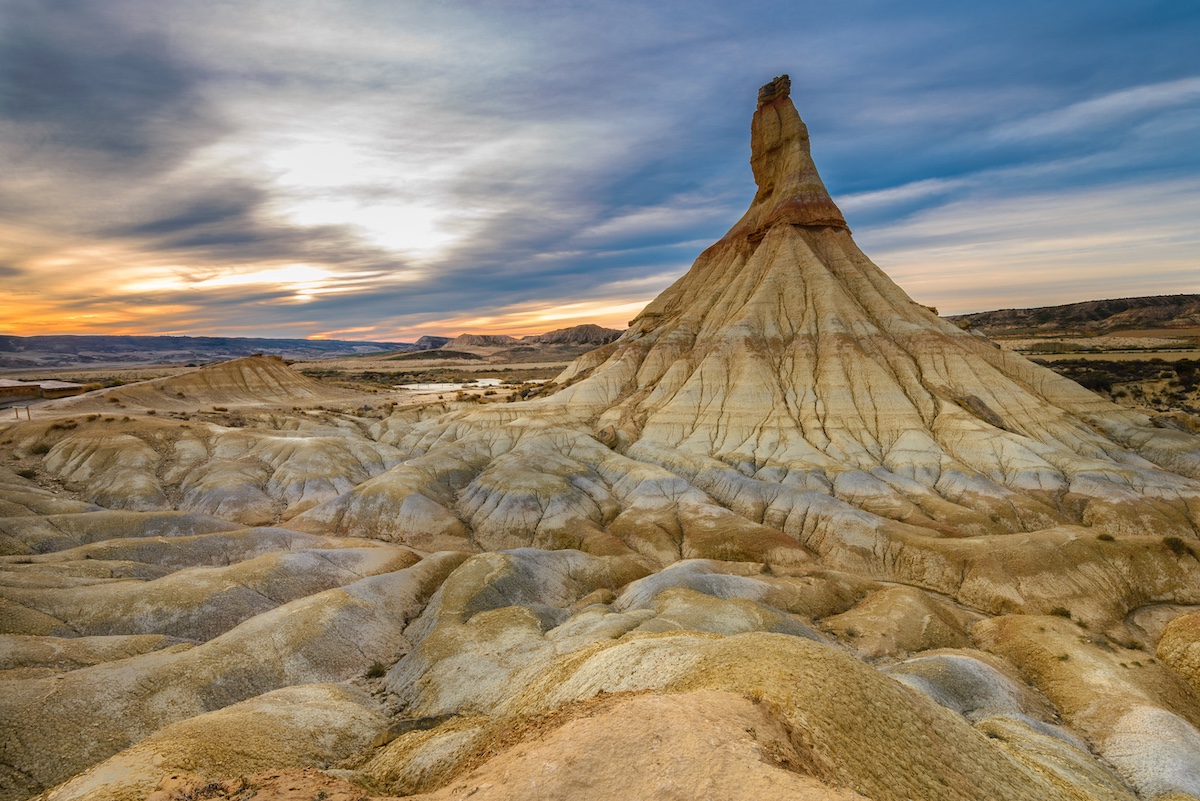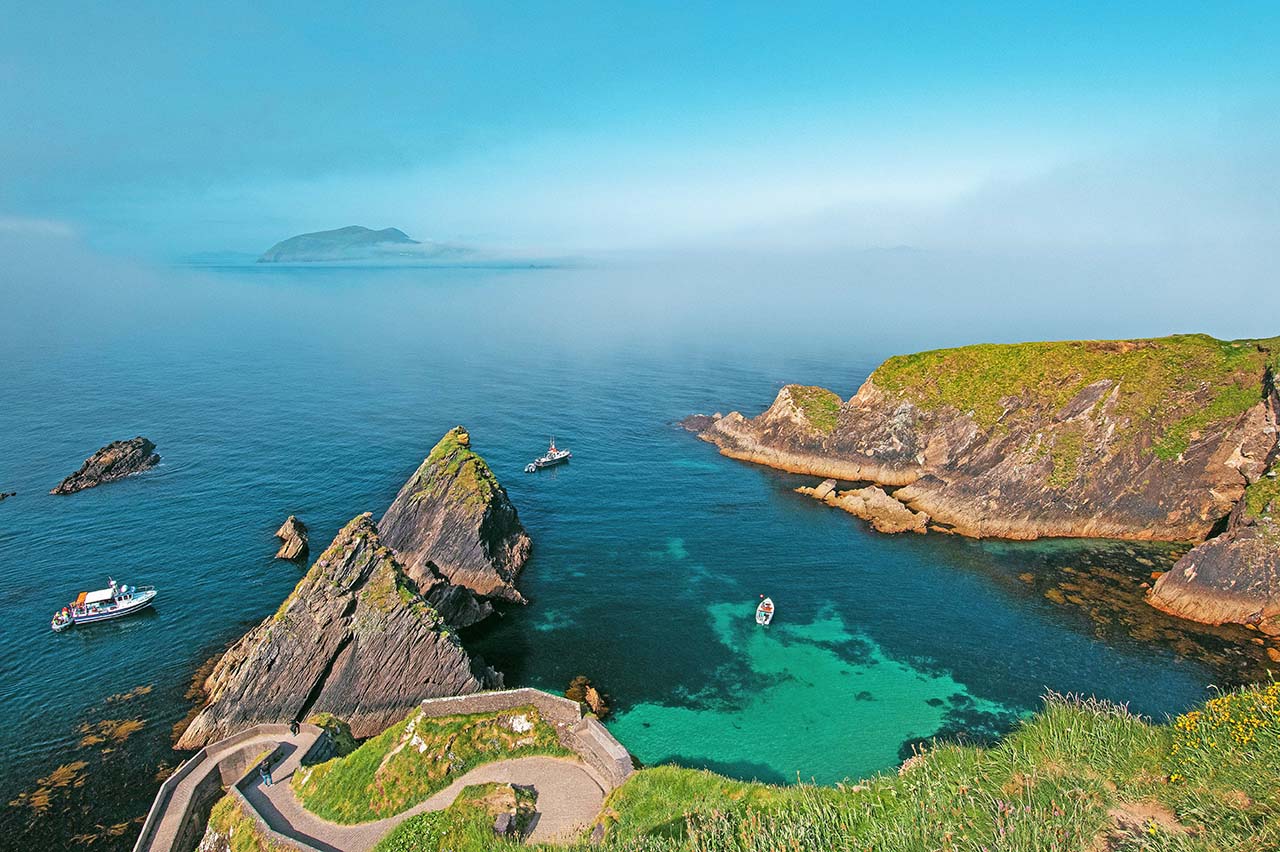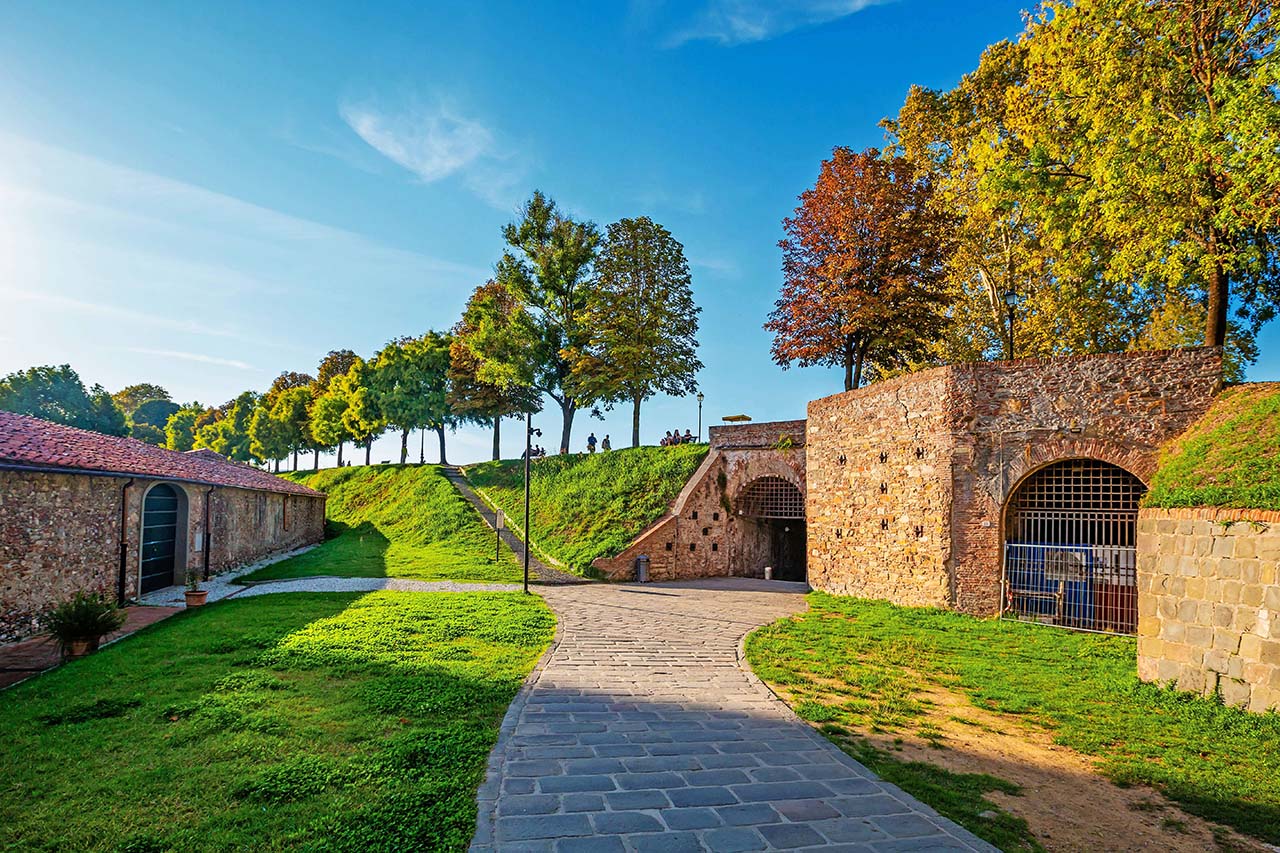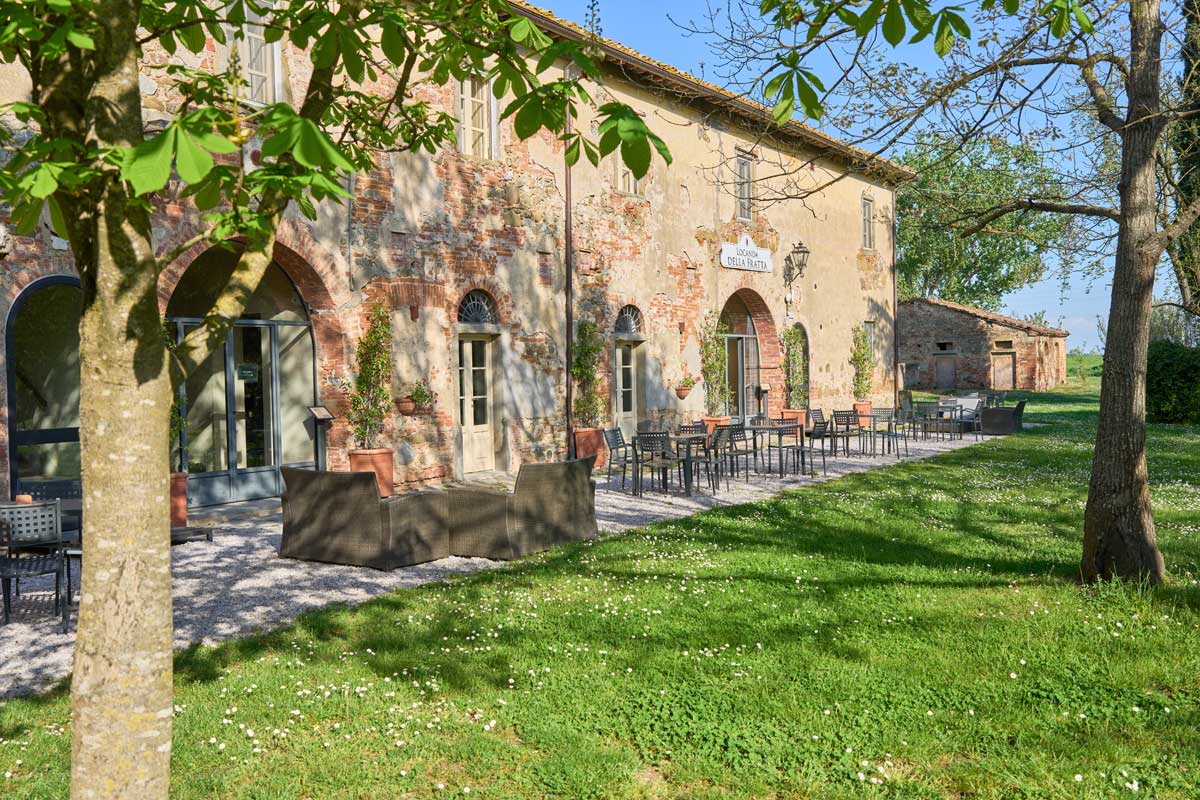There is a Spain you don't expect. One which has remained authentic, both by its intact nature and by the way of life of its inhabitants, aware of having a great responsibility to pass on to future generations. For the most attentive traveler, it is a new world to discover through the less frequented regions and the less known places, but precisely for this reason, more surprising. All destinations are easily and sustainably accessible, especially thanks to the trains that widely connect Madrid and Barcelona to the north and south of the Iberian Peninsula, in a few hours of relaxation and spectacular views.
From prehistory to the future: Spanish art you might not expect
Paleolithic rock art, in Altamira Cave, in Cantabria, in the imposing footsteps of the Romans in Walls of Tarragonain Catalonia, even the most hidden Spain conceals priceless and unexpected treasures.
In the hinterland, around Madrid, some of the country's most beautiful treasures are hidden. There Castile – La Manchaland of the literary myth of Don Quixote, is a concentration of nature reserves and world heritage sites, archaeological parks and historic wineries. There is Toledo with its Alcazar, the majestic cathedral, and starting point for visiting the neighboring towns: Guadamur, with its 15th century castle, Talavera de la Reina, famous for its ceramics, Maqueda, dominated by the Vela castle, and Carranque, with its Archaeological Park.
North of Madrid, still inland, is Castile and Leónland of myths and legends and guardian, in itself, of more than half of the artistic heritage of all of Spain. Here you are spoiled for choice: each route becomes a walk through history.
Discover the other Spain and its culture
Travel through the flavors of Spain, among typical products and wines
For those who like to encounter authentic tastes and flavors, each region has its strategic stops. In the sun Asturiasfor example, you can discover 40 different types of cheese, such as Manchego, for example, prepared by hand with ancient recipes. But also cold meats or vegetable-based dishes: Asturian fable or theAlubias with sacramentostwo bean soups enriched with meat, typical of Asturias and the Basque Country. And then fish and shellfish, or legumes like Armuña lentils, with Designation of Origin.
But there is no Spain without wine. THE wine tourism itineraries of the Spanish Association of Wine Cities (ACEVIN) are not only a way to know the wineries where it is produced Txakoli Or Tempranillo and other beautiful bottles, but these are travel suggestions to discover the world around the vines. With cellars hidden in caves or designed by famous architects, who also know how to offer excursions, hot air balloon flights and yoga with tasting.
Discover the other Spain and its flavors


Green Spain, a journey to the authentic heart of this land
One of the areas to explore during a trip in very close contact with nature is the so-called Green Spain. Green is the color that unites the four northernmost regions: Galicia, Asturias, Cantabria and Basque Country. Green like me two national parkswhere it is possible to observe lynx and the Iberian wolf in semi-freedom. Or green like them 15 biosphere reserves and more than 200 protected natural areas that offer experiences, not just trekking, for the whole family.
Still in the north of Spain, the Navarre and theAragon they lend themselves to it cycling vacation. The first counts five Greenways passable on two wheels, for a total of 125 kilometers. Navarre is a succession of natural wonders: one above all, Bardenas Realessemi-desert landscapes unique in the world, shaped by water, wind and sun, which challenge tourists to understand whether they are on the moon or in a science fiction film.
In Aragon, however, there are seven Greenways which cross the region between agricultural fields, almond plantations, canyon Or natural ravineslike that of Escuaín, or along the old disused railways offering unprecedented views and panoramas.
Learn more about the other Spain and its nature
Sustainable travel, aboard historic or high-speed trains
Spain also surprises in terms of sustainable mobility: thanks to its vast network of High-speed trains (AVE), you can move between cities very easily. Examples? From Madridwe arrive at Seville in two and a half hours by train, passing through Ciudad Real, Puertollano and Córdoba, a world heritage site. The same time it takes to reach Rum grapeswith its historic center, the Roman Theater and the Picasso Museum. Or, in three and a half hours you can reach it Grenade and the Alhambra, the perfect time to admire all the wonders of the landscape.
However, the most charming journeys are those that can be made aboard historic trains that remain active, even in a contemporary version. The best known is the Transcantabrianthe Spanish tourist train par excellence, as well as the oldest: a dive into the past of the 1920s but with the most modern comfort. Its slow pace allows you to capture all the nuances of the north of the country, through green Spain, along a route that, in eight days, takes you from San Sebastian to Santiago de Compostela (or vice versa). versa).
But there are many “coach” routes, on routes outside of the usual routes. Perfect for a journey through time and space, in an eco-friendly way.
Discover the other Spain and its sustainable mobility
Info: Spain.info



